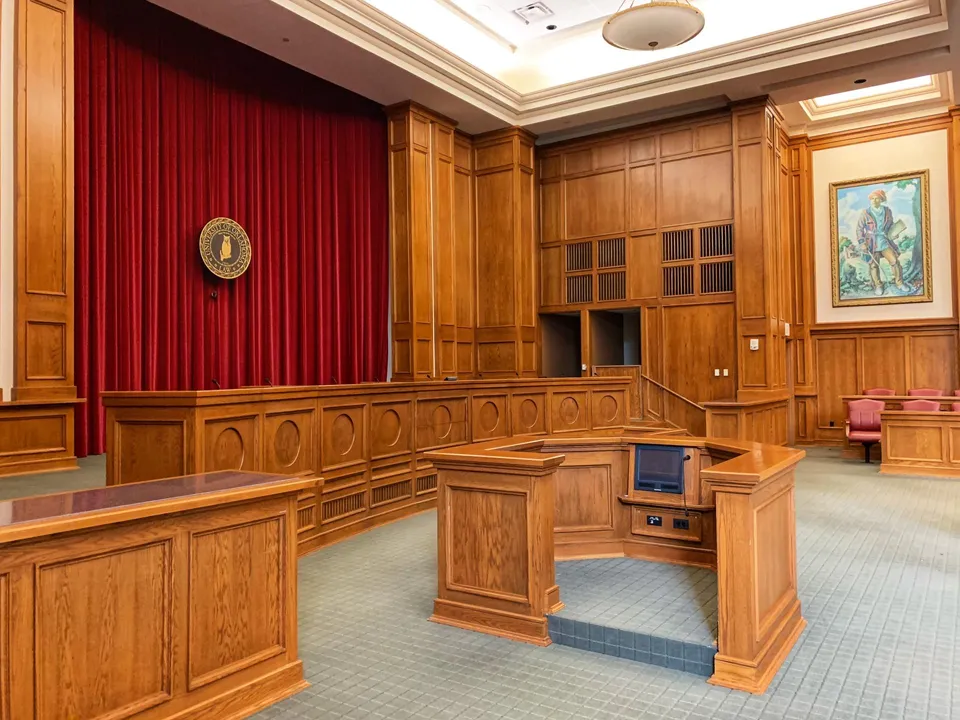Motions, Trials, and the Burden of Proof
- May 18, 2021 @ 11:54 am
- Written by adminrtl
- Categories: Legal Process

Motions
As soon as the case is filed, either side is free to file a motion, which is a request that a point of law be decided by the court. For example, a defendant may move to dismiss, asking the court to rule that the complaint was filed too late (for example, if the complaint was not filed until after the statute of limitations expired). In considering a defendant’s motion to dismiss, the court must assume that the allegations in the complaint are true, so that any challenge at this stage is made strictly as a “matter of law” — what the law of your state says about a specific situation. Another example is a motion for summary judgment, which asks the court to rule in the requester’s favor because essential facts are no longer in dispute (perhaps because of what has been learned in discovery), making a jury’s decision unnecessary.
Either side can also present motions orally, while in the courtroom. Like pre-trial motions, these oral motions ask the court to decide a matter of law. For example, defendants sometimes move for judgment as a matter of law (called a motion for a directed verdict in some states), after the plaintiff has finished presenting evidence. This motion asks the court to dismiss the case without requiring the defendant to present any evidence, asserting that the plaintiff failed to show that a question of material fact is in dispute. Such a motion can address some or all of the many legal issues involved in the litigation of a personal injury claim.
Jury and Bench Trials
When your lawyer files your complaint, he or she will most likely request a jury trial. In a jury trial, a group of randomly selected citizens from your area serve as the “judge of the facts.” A jury collectively decides who to believe and what to believe, deciding all questions of disputed fact. After all of the evidence is presented, the jury will use directions from the judge (called jury instructions) to decide the three most important questions in any civil trial: fault, causation, and damages. Questions of fault ask the jury to decide how much fault each of the parties bears for the injuries. Questions of causation ask the jury to decide whose fault caused what injury. At the end, the jury assigns a dollar value to each injury it believes was caused by the defendants’ actions. The jury does all of this according to the judge’s instructions and a verdict form provided by the judge. The judge presiding over a trial, who may also be called the court, is “the judge of the law.” His or her job is to preside over all the courtroom proceedings, keeping the trial on track (according to procedural rules) and decide any questions of law. Questions of law can be about either matters of procedure (such as whether a line of questioning is appropriate) or matters of substance (such as whether the defendant may present a certain technical legal defense).
The judge also instructs the jury on how the law affects the facts they are deciding, through the use of jury instructions. For example, if you claim the defendant was negligent, the judge will provide the jury a written definition of negligence. This definition will be one that has been decided in prior appellate court decisions, or by the state legislature.
There is another type of trial, called a bench trial, in which a judge decides the issues without a jury. If your lawyer thinks you should consider a bench trial, he or she will discuss it with you in advance. As with all aspects of your case, you will make the final decision, using your lawyer’s advice.
Burden of Proof
As the party seeking financial damages, the plaintiff has the burden of proof, which means you and your law firm must provide the evidence to prove that your allegations are true. Many people are familiar with the requirement to prove a case “beyond a reasonable doubt,” which is the standard used in a criminal trial. The standard is lower in a personal injury case, because you are seeking a payment, not to put someone in prison. Plaintiffs in personal injury trials must prove their cases “by a preponderance of the evidence,” which means the facts you are alleging are more likely than not.
